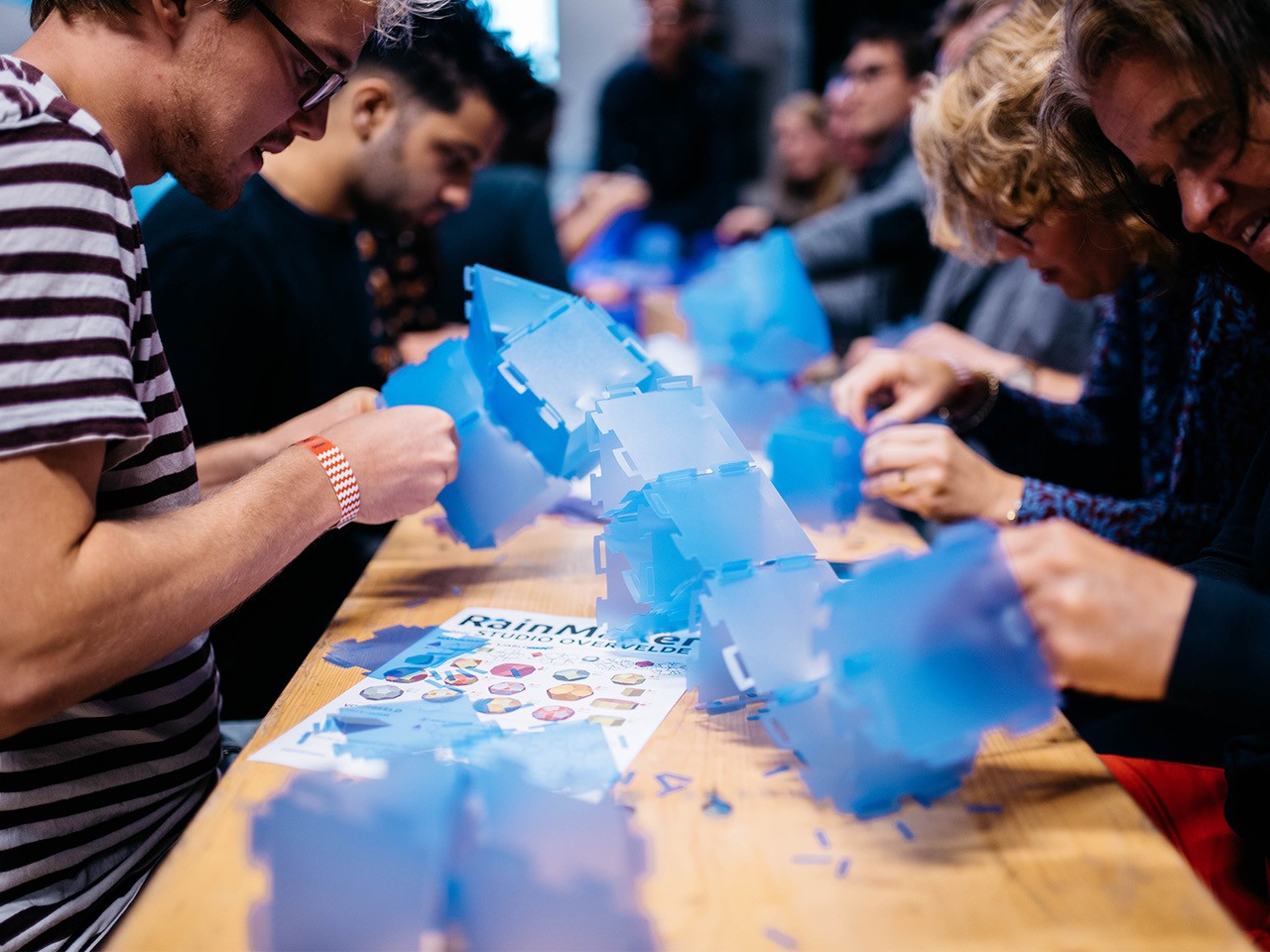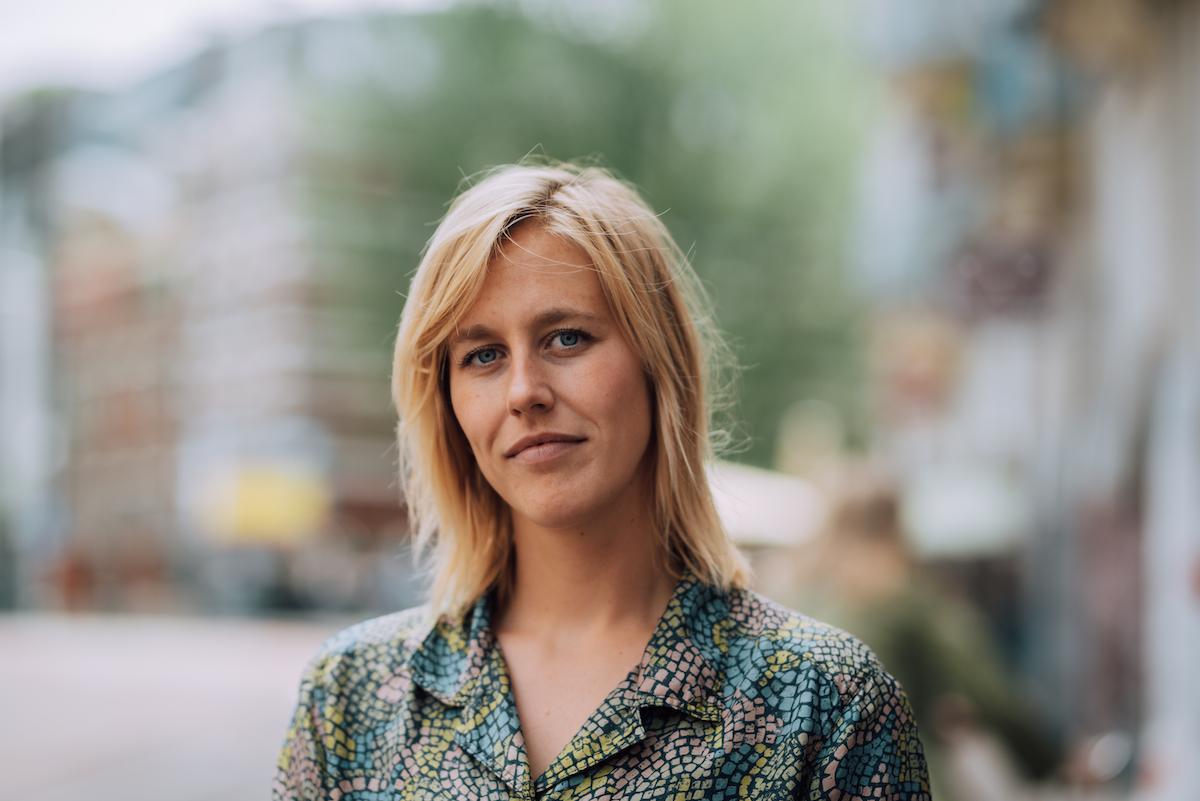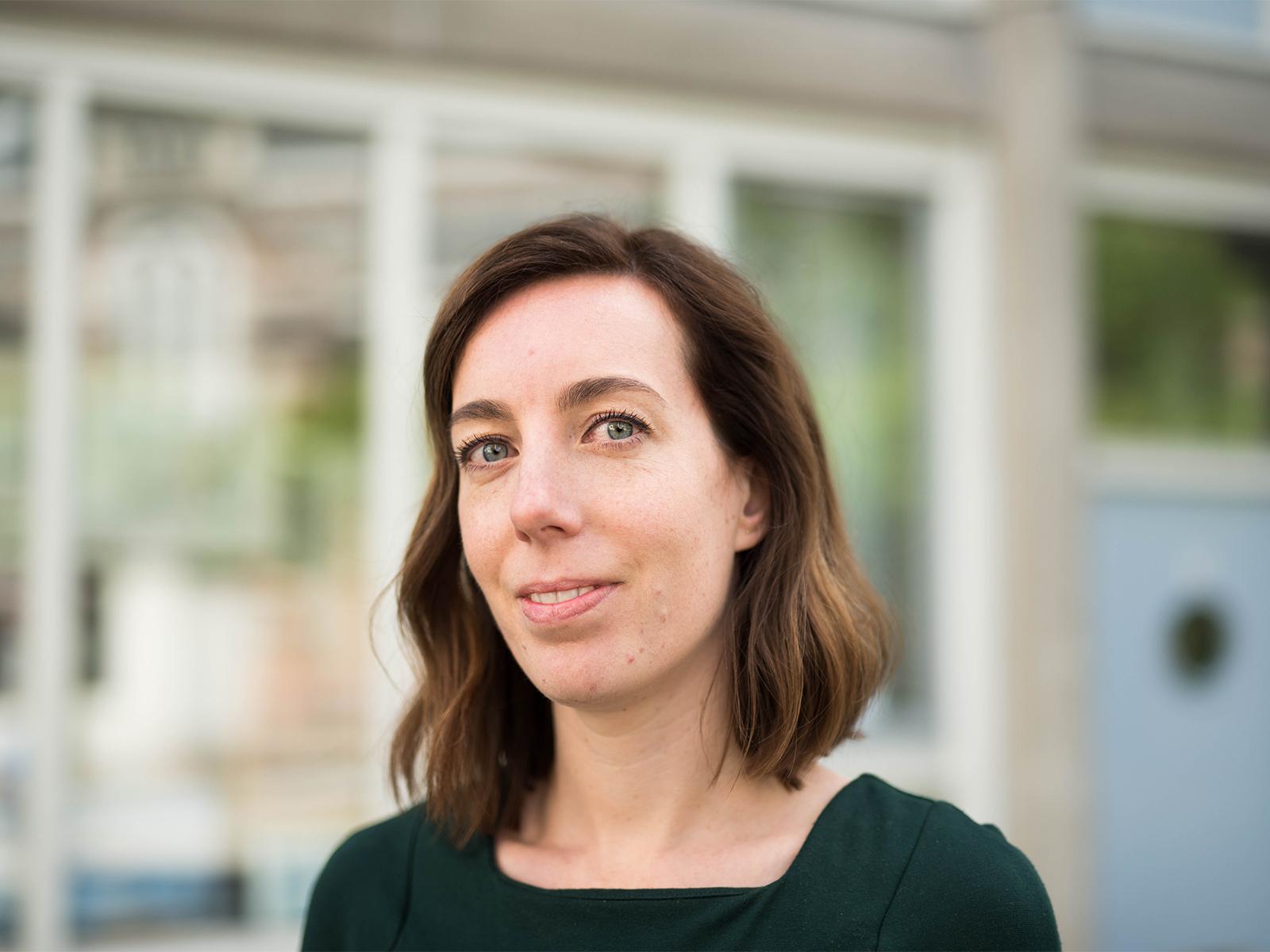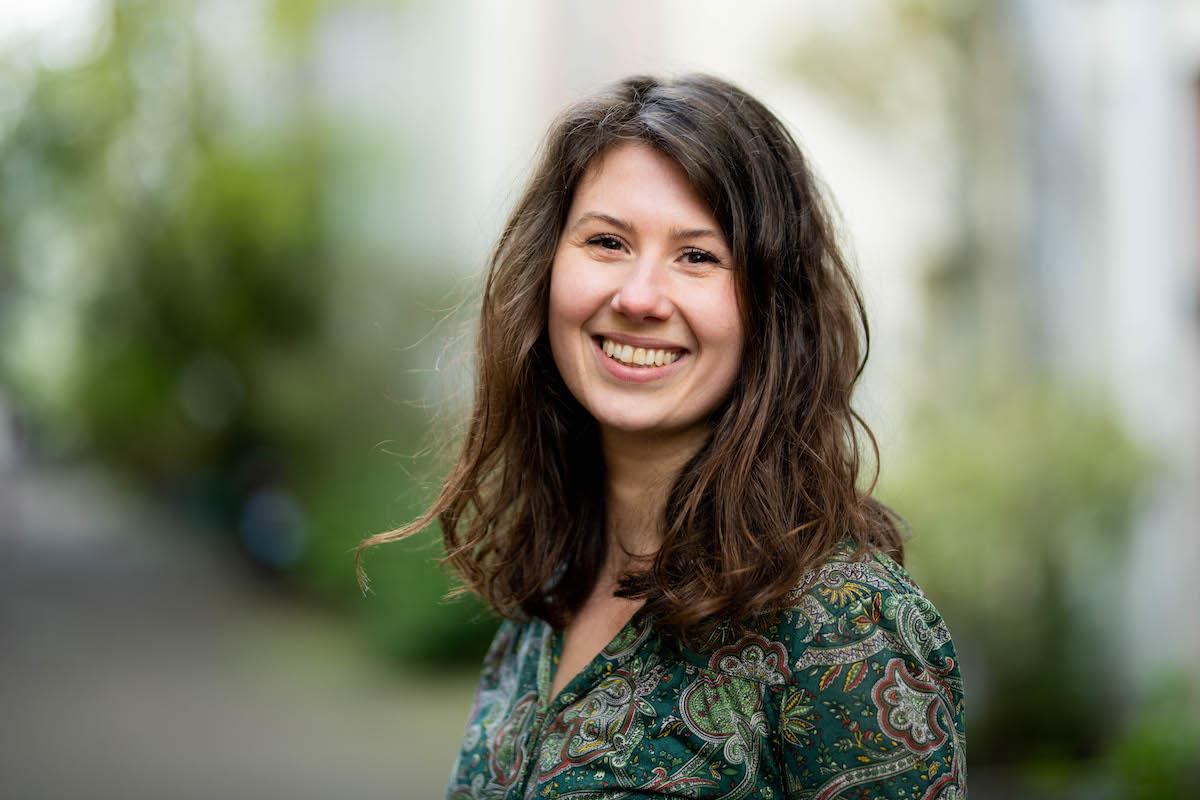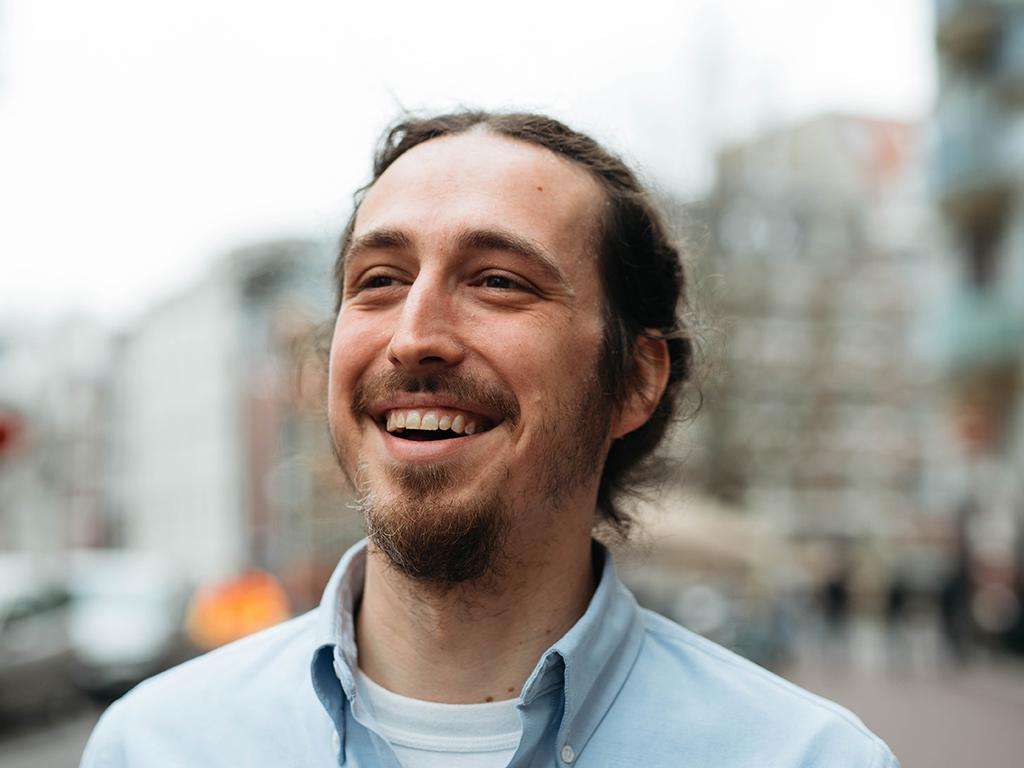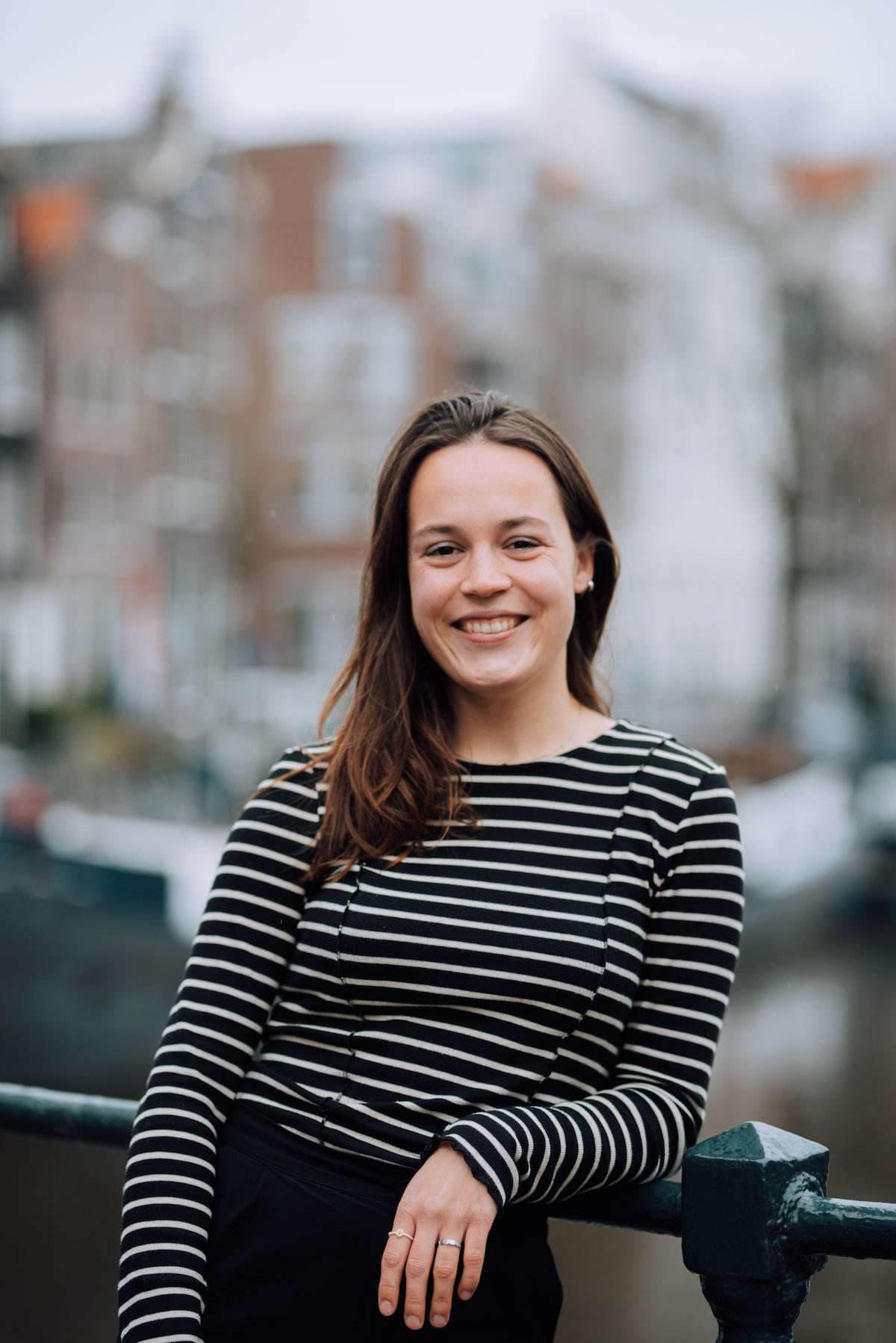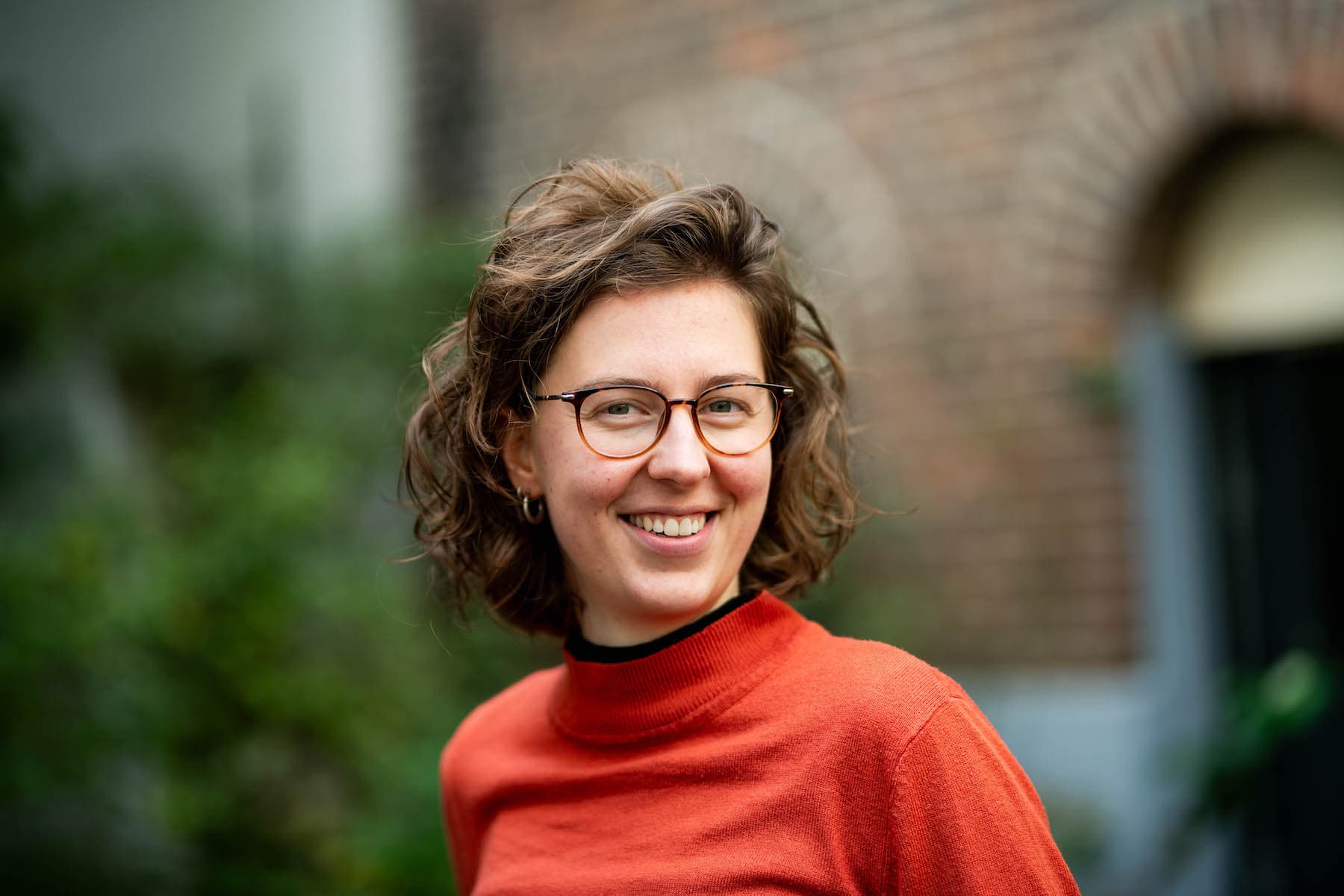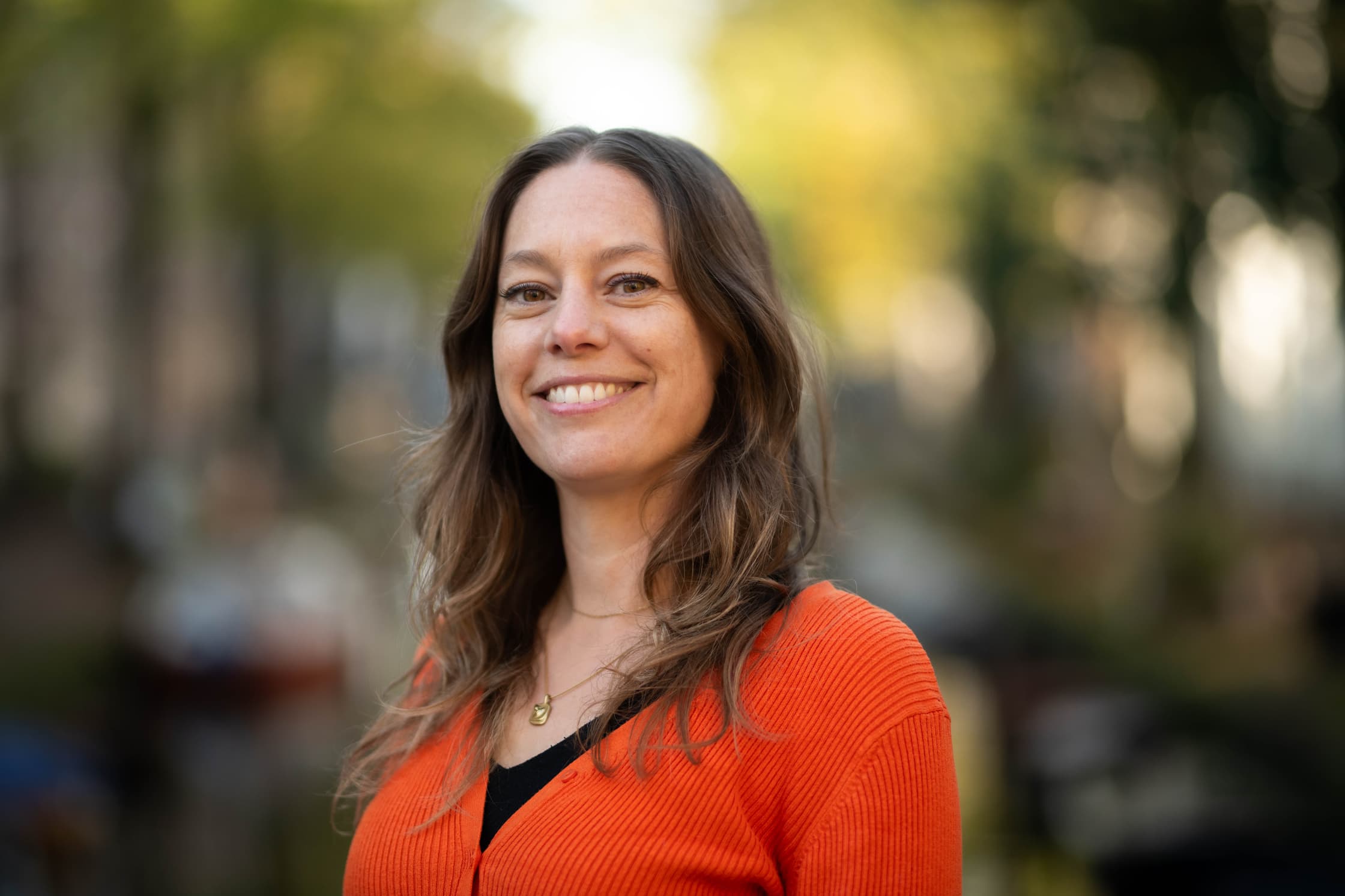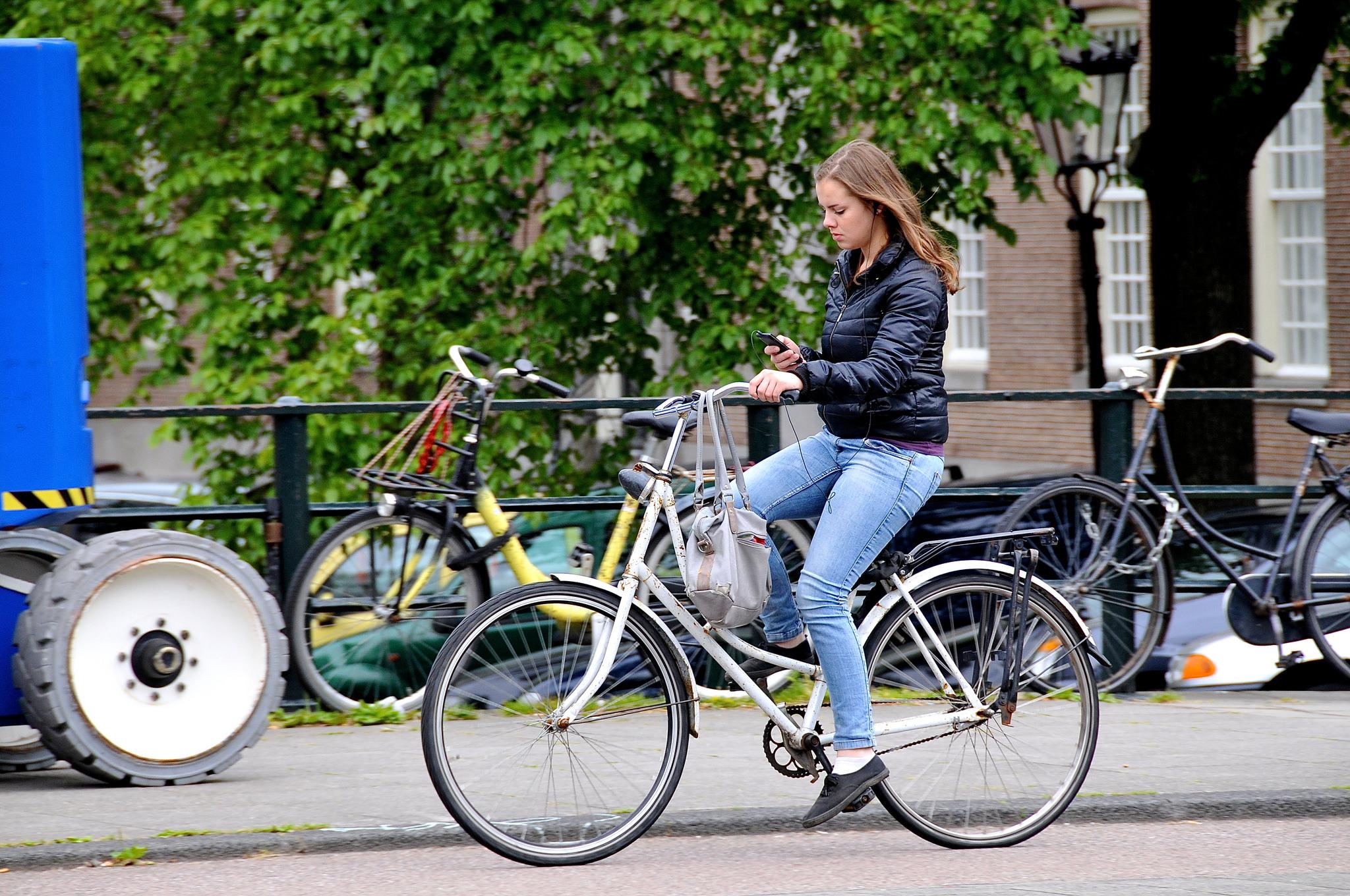In the presentation of 5G technology, the telecom industry promises to reshape connectivity. the industry promotes 5G with images that used to be limited to science fiction films; from self-driving cars to holograms and other futuristic commodities. But what is 5G? And how does it work? The knowledge about 5G is mainly concentrated within the industry. This knowledge concentration and the lack of meaningful imaginaries about 5G make constructive dialogues difficult. Currently the debate about 5G is already characterised by polarisation and a lack of constructive communication between citizens, governments and industries.
In the project Imagining Public Connectivity we will restart a constructive conversation and create a shared knowledge base among citizens and governments. Through meaningful deliberation and collaboration between citizens and governments, we include citizens in official local decision-making processes around 5G. What could connectivity be when it's grounded on public and sustainability values?
The Public Stack is used as a model to guide us through the various layers (foundational, design, technology, and human) of this complex subject. Can we open the black box of 5G technology? What is the impact of 5G on the living environment? By building imaginaries of connectivity together with citizens and by opening up 5G technologies, enable citizens to contribute to public debate in a meaningful and constructive manner. Our overarching goal is to contribute to establishing network connectivity based on public values and to include citizens in decision making processes.
Quality of life in smart urban spaces
Imagining Public Connectivity is part of the project Quality of life in smart urban spaces. In this overarching project Hogeschool Rotterdam, Waag Futurelab, Fontys Eindhoven and Stadslab Eindhoven examine how the quality of living in the city is being influenced by digitalisation, and how citizens and municipalities can act on this. The consortium is working on three sub projects and is taking the public stack als a starting point, to look at technologies from the perspective of public values.
Meta data
Project duration
Team
Financiers
Partners
Imagining Public Connectivity is part of the project The quality of life in smart urban spaces: a Public Stack approach to the smart city with file number NWA.1418.22.027 of the research programme Vernieuwing en netwerken which is (partly) financed by the Dutch Research Council (NWO).
